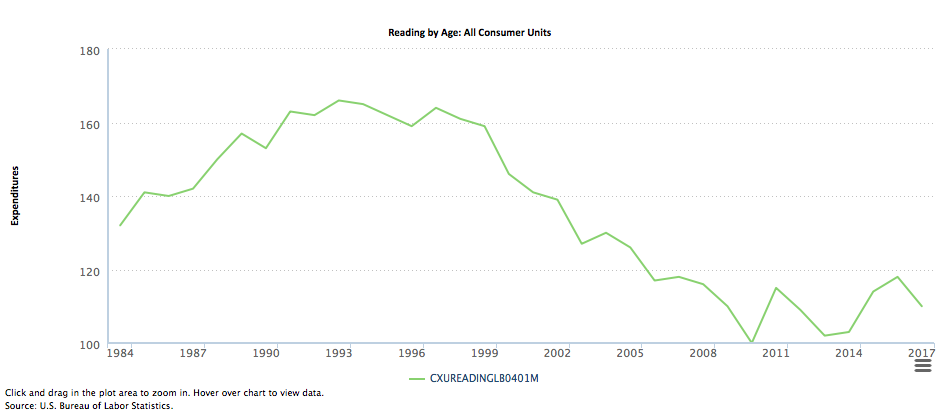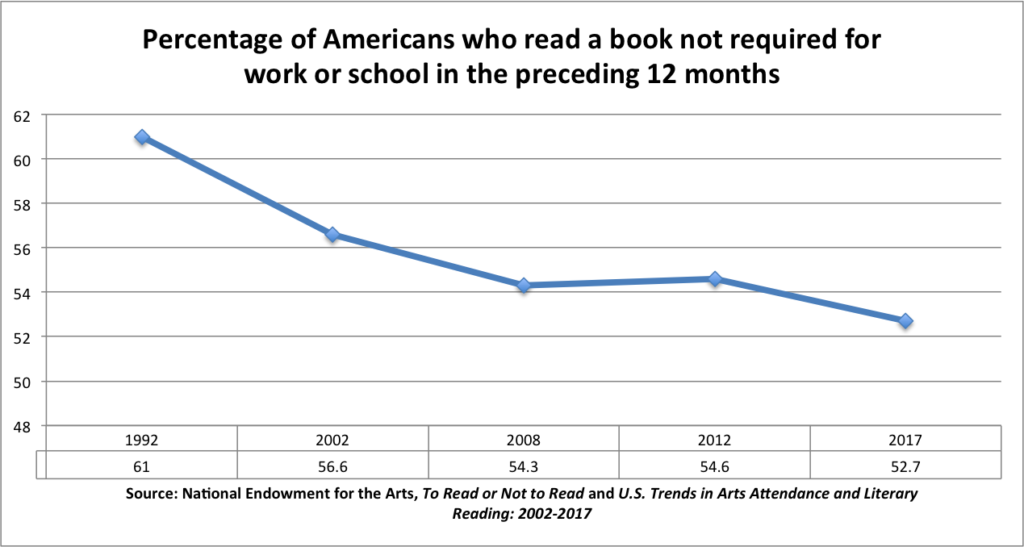“Any literary work staking a serious claim to glory is not going to reveal itself entirely on a first reading.” But “your moderately but not seriously good book tends to work well on first reading.” Tim Parks channels Giacomo Leopardi on the many reasons literary glory is probably unattainable by people who merely write well (NYRB).
“His writing is deeply musical—not just in the easy rhythm of his words, but in his sonic descriptions: piles of pistachios crackling in peoples’ hands in Iraq; the metallic rattling of the van on bumpy roads in Afghanistan; the croaking of frogs in the Barakar river on the edge of Bengal.” Geeta Dayal praises the late Deben Bhattacharya’s photo- and audio-enhanced diary of his twelve-thousand-mile quest in 1955 for folk music (4 Columns).
“Feuds draw us in for the joy of the spectacle, but in this case there is enough at stake—how we, as individuals and societies, might address suffering and depression—to make a more thorough assessment of the background vitally important.” Alexander van Tulleken tries to distinguish light from heat in the ongoing argument between Johann Hari and Dean Burnett about the effectiveness, or lack thereof, of antidepressants (TLS, subscription required).
“He couldn’t escape the sense that hitting on someone in person had, in a short period of time, gone from normal behavior to borderline creepy. . . . At first, I wondered whether Simon was being overly genteel, or a little paranoid. But the more people I talked with, the more I came to believe that he was simply describing an emerging cultural reality. ‘No one approaches anyone in public anymore,’ said a teacher in Northern Virginia. ‘The dating landscape has changed.’” Kate Julian investigates five possible reasons young people are having less sex, and less romance, than previous generations did (The Atlantic).
“In the 1840s, Joshua Giddings, an abolitionist who represented Ohio in the House, concluded that too many of his colleagues from the free states were ‘afraid of these Southern bullies’. He resolved to express ‘boldly and fearlessly’ his abhorrence of slavery. . . . ‘The most dramatic innovation in congressional violence,’ Freeman writes, was that in the mid-1850s ‘Northerners fought back.’” Eric Foner extols Joanne Freeman’s chronicle of violence in Congress in the decades leading up to the Civil War (LRB).
“Among journalists, the project generated mild derision of the who-cares-what-Joe-Schmo-ate-for-breakfast variety, but also enormous excitement among researchers, roughly four hundred of whom wrote during the project’s first three years with requests to use the data. So far, not one of them has gotten a hand on it.” Nora Caplan-Bricker looks into the moral and logistical hazards of archiving the internet (Harper’s).




